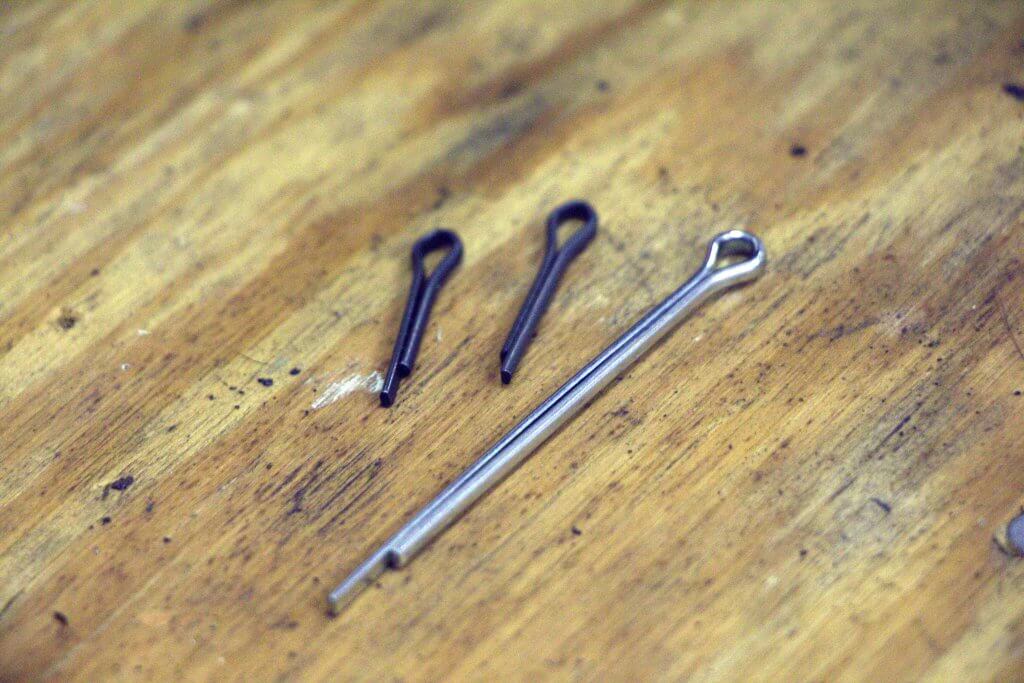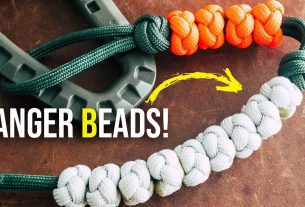Cotter pins are essential fasteners used in various applications, from machinery to automobiles and aircraft. They secure bolts, nuts, and other components in place, preventing them from loosening or falling out. However, cotter pins can be challenging to remove without the proper tools. In this article, we’ll discuss everything you need to know about cotter pin removal tools, including how to choose the right one for your project and how to use it effectively.
What is a Cotter Pin Removal Tool?
A cotter pin removal tool is a special tool designed to remove cotter pins with ease. It comes in different shapes and sizes, depending on the type of cotter pin you are removing. Some tools have a hook-like end that you can insert into the loop of the cotter pin, while others have plier-like jaws that grip the cotter pin securely.
Why Do You Need a Cotter Pin Removal Tool?
If you’ve ever tried to remove a cotter pin using regular pliers or other tools, you know how frustrating it can be. Cotter pins are often tightly wedged in place, making them difficult to remove without damaging the surrounding components. Using a cotter pin removal tool makes the process much easier and safer.
Types of Cotter Pin Removal Tools
There are several types of cotter pin removal tools available on the market today. Each type has its advantages and disadvantages, depending on the application. Here are some common types of cotter pin removal tools:
1. Hook-End Pliers
Hook-end pliers are one of the most popular types of cotter pin removal tools. They have a hook-like end that you can insert into the loop of the cotter pin and pull it out easily. These pliers come in different sizes for different types of cotter pins.
2. Angled-End Pliers
Angled-end pliers are similar to hook-end pliers, but they have an angled end that makes it easier to reach cotter pins in tight spaces. These pliers are ideal for removing cotter pins in engines and other machinery.
3. Needle-Nose Pliers
Needle-nose pliers are another type of cotter pin removal tool. They have long, thin jaws that can reach into tight spaces and grip the cotter pin securely. However, needle-nose pliers can be challenging to use if the cotter pin is wedged tightly in place.
4. Cotter Pin Pullers
Cotter pin pullers are specialized tools designed specifically for removing cotter pins. They have a tapered end that you can insert into the loop of the cotter pin and pull it out easily. These tools are particularly useful for removing cotter pins from aircraft and other precision instruments.
How to Choose a Cotter Pin Removal Tool
Choosing the right cotter pin removal tool depends on several factors, including the type of cotter pin you are removing, the space available, and your personal preference. Here are some things to consider when choosing a cotter pin removal tool:
1. Type of Cotter Pin
The first thing to consider when choosing a cotter pin removal tool is the type of cotter pin you are removing. Different types of cotter pins require different tools, so make sure you choose a tool that is suitable for your application.
2. Space Available
The second thing to consider is the space available around the cotter pin. If there isn’t enough room to maneuver regular pliers or other tools, you may need angled-end pliers or needle-nose pliers.
3. Personal Preference
Finally, personal preference plays a role in choosing a cotter pin removal tool. Some people prefer hook-end pliers because they find them easier to use, while others prefer cotter pin pullers because they are specialized tools.
How to Use a Cotter Pin Removal Tool
Using a cotter pin removal tool is relatively easy, but it requires some practice and patience. Here’s how to use one:
1. Choose the Right Tool
The first step is to choose the right cotter pin removal tool for your application. Make sure you select a tool that is suitable for the type of cotter pin you are removing and the available space.
2. Insert the Tool
Next, insert the tool into the loop of the cotter pin, making sure it grips the pin securely.
3. Twist and Pull
Finally, twist and pull gently on the tool until the cotter pin comes out. If the cotter pin is wedged tightly in place, you may need to apply more force or use a different tool.
Conclusion
Cotter pins are essential fasteners used in various applications, but removing them can be challenging without the proper tools. A cotter pin removal tool makes the process much easier and safer, allowing you to remove cotter pins with ease. When choosing a cotter pin removal tool, consider the type of cotter pin you are removing, the space available, and your personal preference. With some practice and patience, using a cotter pin removal tool will become second nature.
References:
https://en.wikipedia.org/wiki/Cotter_pin
https://www.doityourself.com/stry/how-to-use-cotter-pin-pliers
https://www.grainger.com/know-how/equipment-information/kh-how-to-remove-a-cotter-pin




